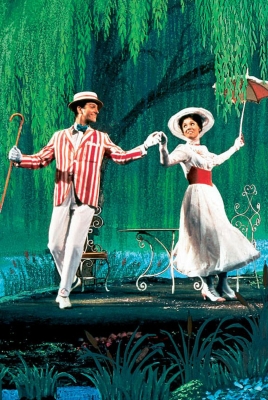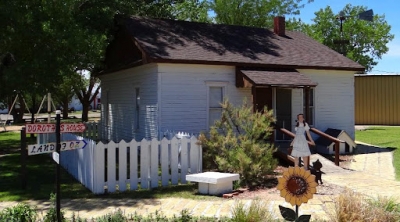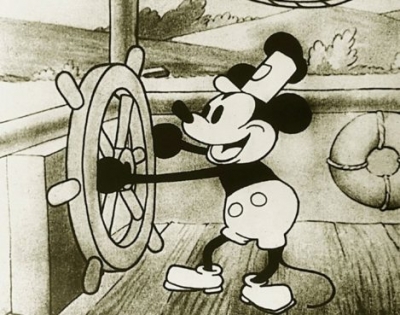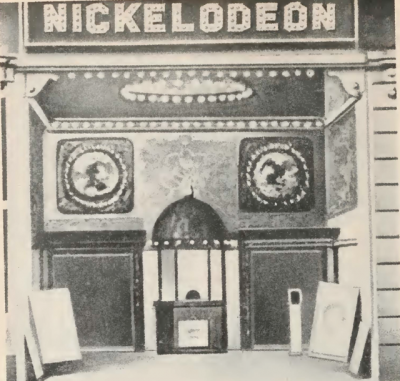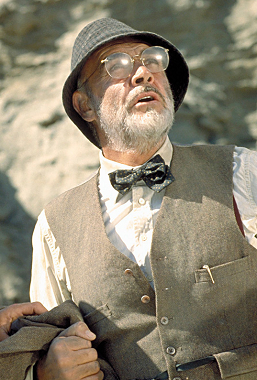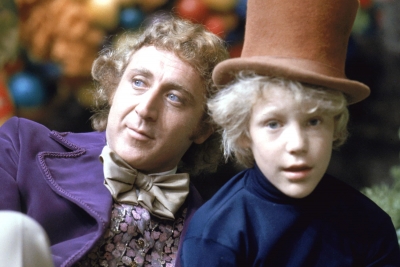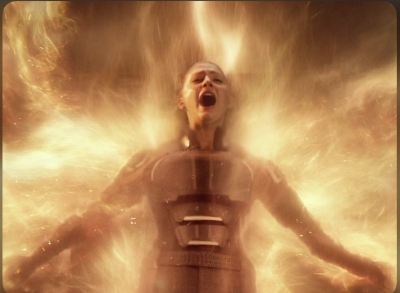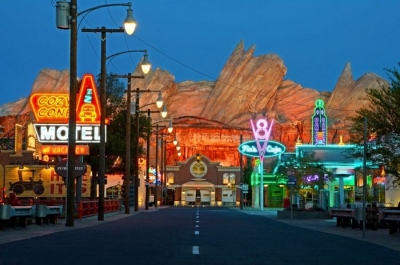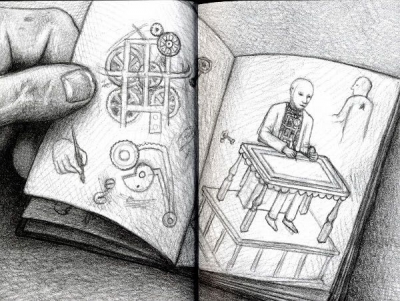Russia races us to become first country to shoot in space
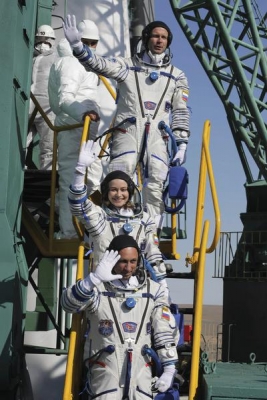
From the depths of the ocean floor to the freezing glaciers of the Antarctica, you may have heard of films being shot in the most extreme locations on the planet. And now for the first time, a Russian film crew-racing ahead of Hollywood-is attempting to shoot a feature film in space, aboard the actual International Space Station, which orbits the Earth at about 400 km above its surface.
A Russian cosmonaut Anton Shkaplerov along with the film crew actor Yulia Peresild and film producer Klim Shipenko rocketed to space on October 5 aboard Russia's MS-19 Soyuz spacecraft to shoot what might become the first feature film in t orbit.
History in the making
While space has often been portrayed on the silver screen using advanced computer graphics, there has never been a full-length film shot and directed in space. Hence, the mission if successful will truly become an important landmark in cinematic history.
What it's about
The film named "The Challenge" is about a surgeon, played by Peresild, who goes on an emergency mission to the space station to treat an injured cosmonaut.
Since the crew has to travel light they are not carrying any heavy cameras and equipment Instead, the scenes will be shot using hand-held cameras. The film will include about 35 to 40 minutes of scenes made on the station.
The crew has only two weeks to complete shooting the film, before making their return to Earth on October 17. Obviously, once the shoot wraps up, there will be no retakes!
The space race
During the Cold War, the US and the then Soviet Union were caught in a space race, with both the countries wanting to be the first to make forays into space. In 1957, the Soviet Union beat the US by sending Laika the dog aboard Sputnik 2. Laika became the first living creature to be shot into space and orbit Earth
Similarly Russia's Yuri Gagarin became the first kuuman to rocket into the Earthy orbit just a few days before American Alan Shepard. And with the latest space film mission, the space race seems to have taken a cinematic turn.
In 2020, it was reported that Hollywood megastar Tom Cruise plans to fly to space aboard one of Spacers Crew Dragon capsules for an action-adventure film directed by Doug Liman However, it is unclear when this will happen.
Space tourism
A few years back, it was unimaginable for anyone but a trained astronaut to travel to space. However, over the year concerted efforts are being made to promote space tourism. In July 2021, the nearly 71-year-old Richard Branson and five crewmates from his space-tourism company Virgin Galactic flew to an altitude of about 88 km over the New Mexico desert. They experienced three to four minutes of weightlessness and saw the curvature of the Earth before making a safe landing. Not to be left behind, few days later, billionaire Jeff Bezos too made a quick sojourn to space on his rocket ship, New Shepard. His company, Blue Origin plans to carry William Shatner, who played Captain Kirk in the popular "Star Trek" series on October 12.
Did you know?
Some of the films shot in space:
- In 2008, Richard Gamott, a private astronaut shot a short sci-film in space named "Apogee of Fear The film was only eight minutes long. Garriott paid $30 million to travel on the Soyuz spacecraft
- In 2002, IMAX productions used videos shot aboard the space station in its documentary "Space Station 3D".
Picture Credit : Google
